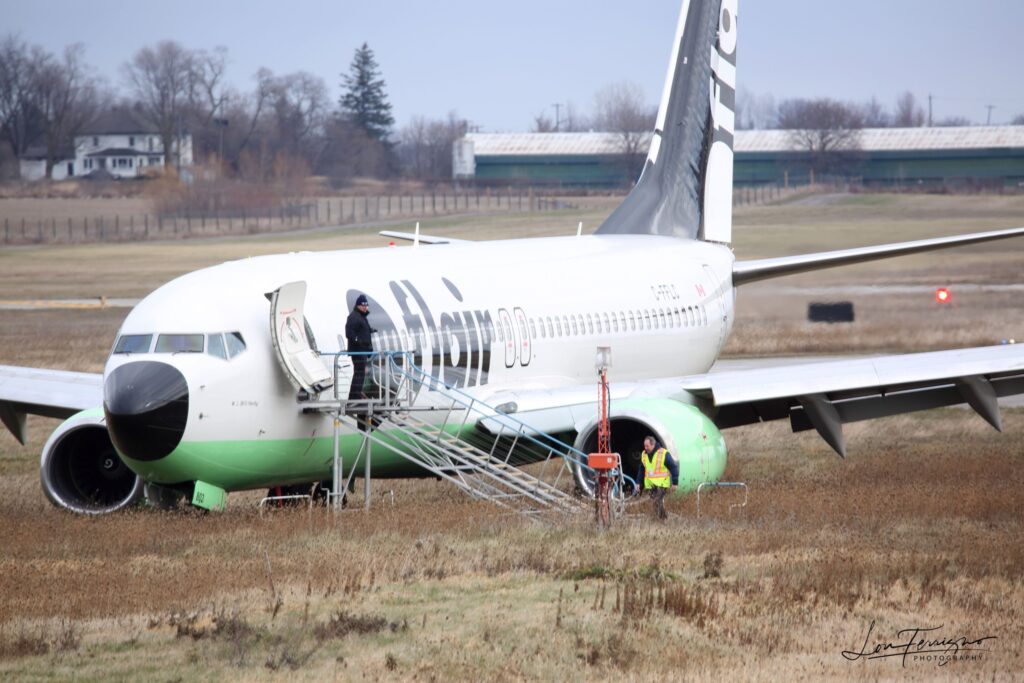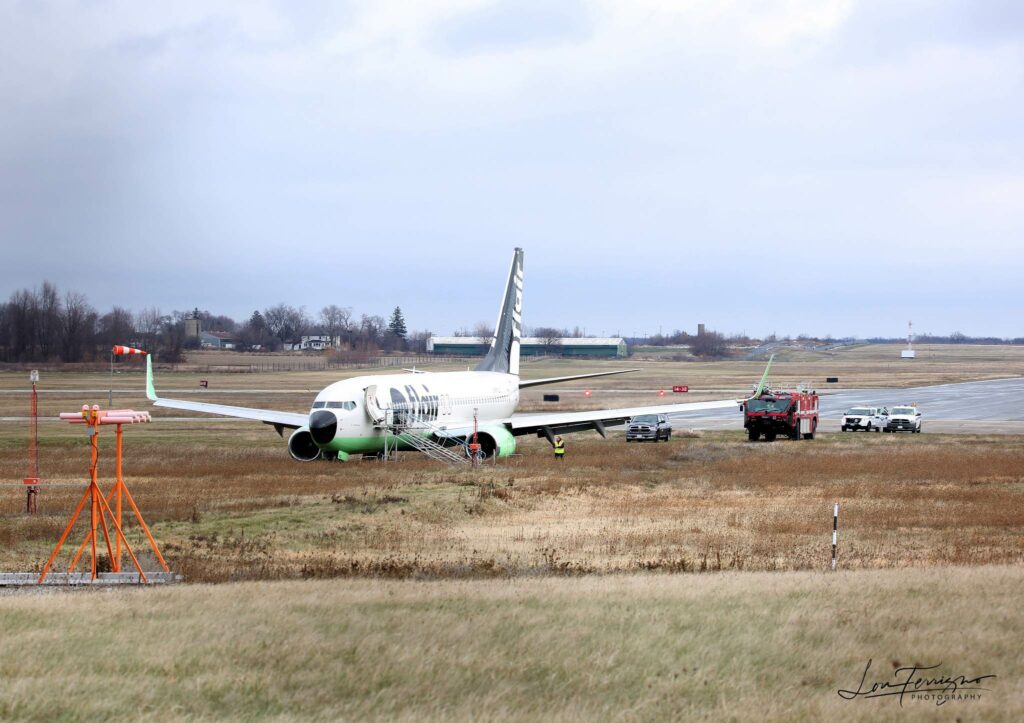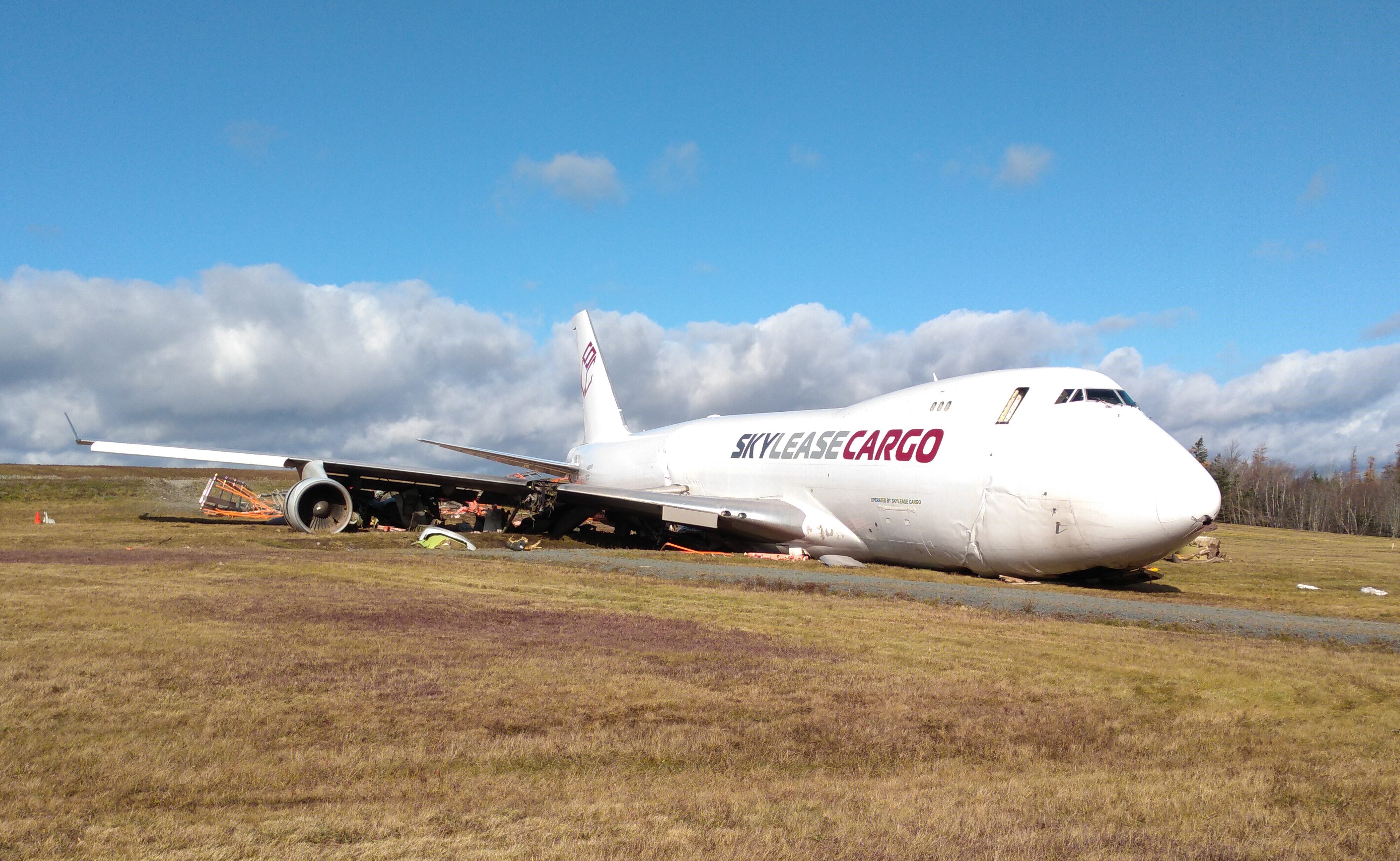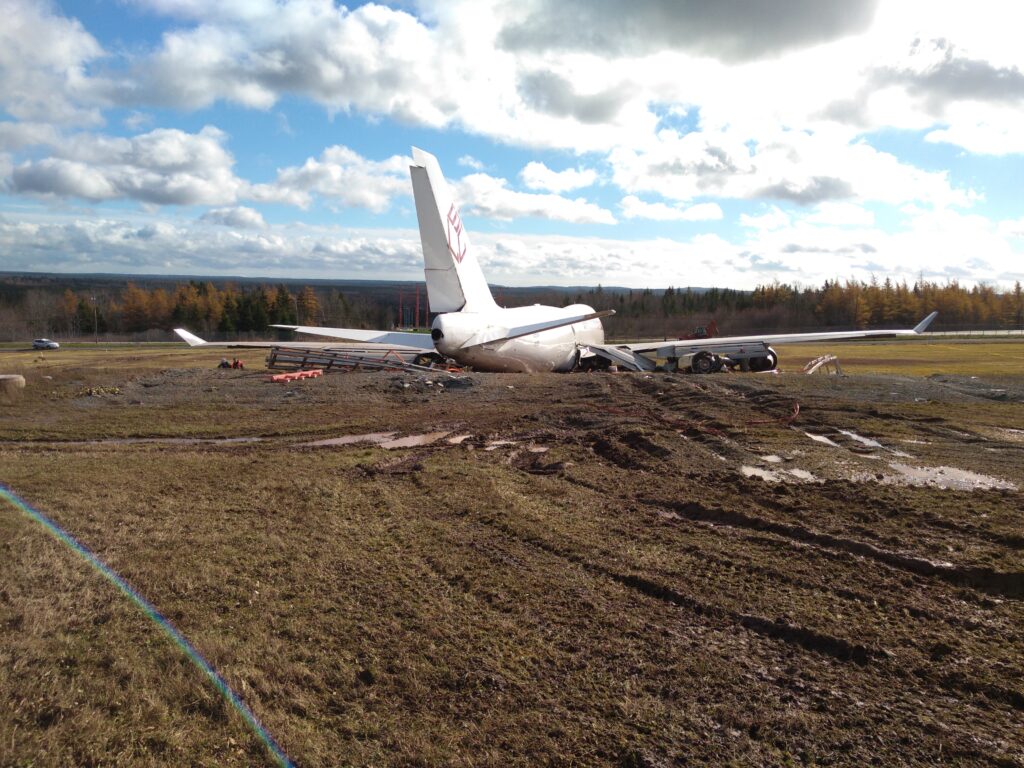Estimated reading time 14 minutes, 22 seconds.
On Feb. 2, 2019, the leader of a snowplow convoy working at Montreal-Trudeau International Airport proceeded onto Runway 24L, despite acknowledging previous instructions from air traffic control (ATC) to avoid that runway.
At the same time, a Bombardier CRJ-200 was inbound from Chicago, on final approach to Runway 24L. As the snowplows proceeded to roll onto the active runway, ATC advised the pilots to initiate a go-around when their aircraft was a few hundred feet above the ground. The CRJ-200 circled the airport and landed safety after the maintenance vehicles had cleared the runway.
While no one was hurt in this incident, it’s an all-too-common occurrence at Canadian airports. In fact, the Transportation Safety Board of Canada (TSB) says the rate of runway incursions has nearly doubled in the last 12 years, corresponding to an annual increase of 5.9 percent per year.
That’s why runway incursions – where an aircraft or vehicle mistakenly occupies an active runway – have remained on the TSB’s list of key aviation safety issues since 2010. In fact, its most recent Watchlist 2022 was released on Oct. 26 and contains five key areas of focus for the aviation industry, ranked in no particular order: runway incursions, runway overruns, fatigue management, regulatory surveillance, and safety management.
“Two issues are aviation specific – the risk of runway incursions and runway overruns,” explained TSB chair Kathy Fox. “Then, there are three multi-modal issues: fatigue management, safety management, and regulatory surveillance.”
While very few runway incursions carry a severe risk of collision, it only takes one to have a disastrous outcome.
“We’ve seen lots of work done by Nav Canada, airports, air operators, etc., to implement administrative procedures, including changes to phraseology, procedures, and the designation of airport hot spots,” Fox told Skies.
“We also did an investigation in Toronto, looking at incursions in the south complex where there are two parallel runways just 1,000 feet apart. We’ve seen a high number of incursions in that area.”
Fox explained that many of those incidents involve U.S. regional jets and said they are the result of a combination of factors, including lack of familiarity with Pearson airport’s two parallel runways that are connected by a taxiway. As well, regional jets are smaller – pilots don’t sit as high and may not see the hold short line. Plus, they are usually engaged in post-landing checklists and may not realize they are crossing over an active runway.
To reduce the risk, the TSB is advocating for additional technological improvements.
“Right now, the last defense in a serious runway incursion is a pilot seeing it, or the controller intervenes and provides a warning to an aircraft or a vehicle,” said Fox. “But if that doesn’t happen, there is technology that exists in other countries that can provide a direct-to-pilot warning of a pending incursion.”
In the U.S., Runway Status Lights turn a different color to warn aircraft or vehicles if a runway is not safe. Currently, the automated system is in place at 20 American airports.
“Another is something similar to TCAS (traffic collision avoidance systems) where right now, aircraft are equipped with warning systems to advise them of aircraft flying near them. Something like that using transponders on vehicles, or ADS-B, etc., could be adapted to alert the crew. It would only be required at busy airports.”
Runway overruns occur when aircraft cannot stop in time and proceed past the end of the runway during a landing or rejected takeoff. A prime example occurred in August 2005, when an Air France Airbus A340 skidded off the end of Runway 24L at Toronto Pearson, coming to a stop in a nearby ravine.
Following that event, the TSB made several recommendations. One of them was that all Canadian Code 4 runways that are at least 1,800 metres (5,905 feet) long should have a 300-m (984-ft) runway end safety area (RESA) – or an equivalent means of stopping an aircraft.
“What Transport Canada settled on is moving to the 150-m (492-ft) ICAO standard RESA for all runways over 1,200 m (3,937 ft), with at least 325,000 passengers on an annual basis,” said Fox. “So, they are moving to the ICAO standard, but not the recommended practice. We feel that’s a good move, but it doesn’t go far enough.”
She pointed to a 2018 incident, when a Boeing 747 cargo aircraft landing at Halifax could not stop in time and travelled 270 m (885 ft) past the end of the runway, stopping 50 m (164 ft) of a public highway. In this case, the ICAO standard would not have been enough.
The most recent runway overrun in Canada occurred just days ago at the Region of Waterloo International Airport (YKF). On Nov. 25, 2022, a Flair Airlines 737-800 was inbound from Vancouver (YVR) and skidded off the end of Runway 08/26 after landing. The incident is currently under investigation by the TSB.
The safety board has said that airport operators should conduct their own risk analysis in accordance with their safety management system (SMS) to assess and mitigate any hazards at the end of their runways.
“What more can be done even if they meet the standard? Montreal, Ottawa, and Vancouver have implemented 300-m RESAs. We’d like to see Transport Canada require other airports (with Code 4 runways) to also conduct a risk analysis using their SMS.”
As for the three multi-modal safety issues on the TSB’s 2022 Watchlist – fatigue management, safety management, and regulatory surveillance – Fox said there are still concerns.
“New fatigue regulations are in place for 705 operators and will apply to 704 and 703 (in December). At the end of the day, since we started doing this in the early ’90s, there have been 38 air investigations where fatigue was identified as a factor. We want to see companies managing fatigue effectively. We’ll have to see how the new regulations play out and we’ll have to evaluate them in future investigations.”
As for safety management and regulatory surveillance, Fox acknowledged that Transport Canada has taken several positive steps since the TSB issued safety recommendations following the crash of an Ornge medical helicopter in Moosonee, Ontario, in May 2013.
“Several of those recommendations dealt with SMS, recommending that Transport require all commercial operators to have an SMS and tailor their oversight to be commensurate with an operator’s ability to manage their operation,” she explained. “They have done a lot of work in those areas since then, escalating oversight of operators who may face more challenges with being compliant.”
When it comes to regulatory surveillance and enforcement, Transport Canada plays a crucial role by ensuring that operators and groups are following the rules.
“But what we’ve seen is that, sometimes, Transport Canada hasn’t been effective at identifying operators who aren’t compliant with the regs or aren’t managing the safety of their operations,” said Fox. “They haven’t intervened in a timely fashion. Then there’s an accident and we have identified that the issues were known to Transport Canada, but they hadn’t intervened in a more timely way.”
She said that operators are ultimately responsible for complying with regulations – but if they can’t, or don’t, then regulatory enforcement is the last remaining defense.
While the top aviation safety issues have remained on the TSB’s Watchlist for years, Fox remains hopeful.
“We issued our previous list during the pandemic, when all transportation sectors were slowed down, particularly aviation. Not a lot of progress was made and it’s true that these issues are the toughest of the tough – some date back to our original list in 2010. Any actions they do take need time to work their way through the system.”
Accordingly, she said the TSB is moving to a triennial publication schedule for its Watchlist, with the next one due out in 2025.
“All of these issues are important,” concluded Fox. “Safety management and an operator’s ability to manage and identify hazards is really what underpins everything. All commercial operators have to be not just compliant, but look carefully at the hazards they have in their operation. Seek out reports of close calls and near misses from your staff and correct them – and if that isn’t happening, the regulator needs to step in and take action sooner before an accident occurs. That’s why these issues are on our Watchlist.”













Fatigue is a real risk factor but the current rules are not applicable beyond Canada for 704 and 703. US based 135 Air Operators are subject to the same prescriptive rules as Canadian Air Operators. Though its reasonable to mitigate fatigue risk it is unfortunate that Transport Canada has imposed a prescriptive standard domestically yet allowing off shore operators with a TC Foreign Air Operator Certificate to compete for charter business without the reduced duty day availability or modify rules for early or late flight departures. It is an unfair playing field and arguably puts Canadian passengers at risk flying with offshore operators who are not required to meet the same rules.